IDC: 5 Worldwide Smartphone Vendors With The Highest Q3 Shipments
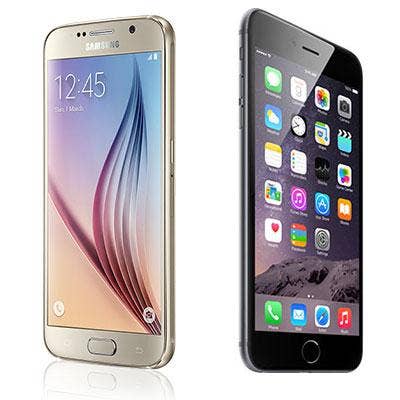
Smartphones Soar, But Fall Short Of Forecast
The PC and tablet markets may have struggled in the period before the holiday quarter, but there's one device that's still strong -- smartphones.
According to market research firm IDC, the smartphone market saw 6.8 percent growth from the same quarter last year, marking the second-highest shipment level for a single quarter. Despite the strong quarter's total smartphone shipments of 355.2 million, the results fell short of IDC's forecast of 363.8 million.
IDC noted several trends in the market, including several new Android flagship introductions from top-tier OEMs that added alternative buying options for consumers, as well as newly developed equipment installation plans and early trade-in options for customers.
Following are the top five smartphone vendors with the most shipments in the third quarter.
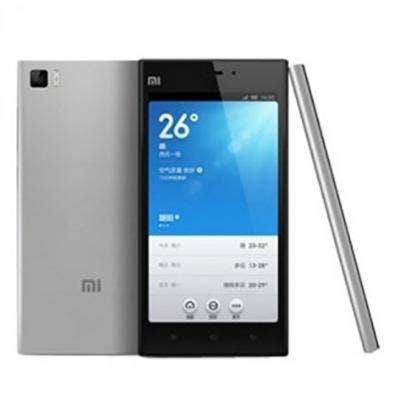
5. Xiaomi
Chinese company Xiaomi, which focuses primarily on China as its main market, shipped 18.3 million devices, a 5.6 percent increase over the same quarter last year, according to IDC.
Xiaomi took 5.2 percent of the market's share, in part because of its launch of Redmi Note 2 in China, as well as the popularity of devices such as Redmi 2A Prime and the Mi 4c. The Redmi Note 2, unveiled in August, features a 5.5-inch IPS LDC touch screen and upscale metal body, and was particularly successful in China during the third quarter.
In addition to new phones in China, Xiaomi has continued to drive its efforts to branch products out to developing countries, such as India and Brazil, as well as Southeast Asia.
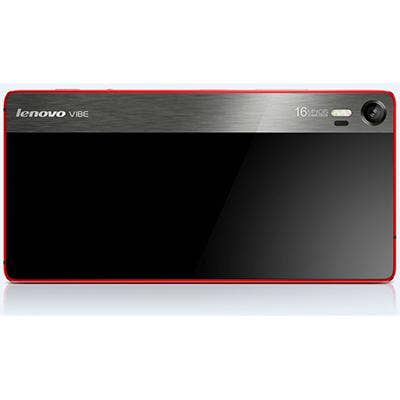
4. Lenovo
Lenovo, another Chinese-based company, notched 18.8 million shipments in the third quarter, according to IDC. It grew 11.1 percent from the same quarter last year and took 5.3 percent of the market share.
Lenovo has been trying to dig its heels deeper into the smartphone market, with help from the assets it acquired from Motorola. The company announced in August that it will run all its smartphone operations under the Motorola Mobility umbrella and eventually shut down Lenovo Mobile.
Lenovo's branded smartphones, such as the premium Vibe Series and entry-level A Series, continue to show strength in China. Meanwhile, Motorola's Moto X, Moto G and Moto E are popular in North America and Latin America, according to IDC.
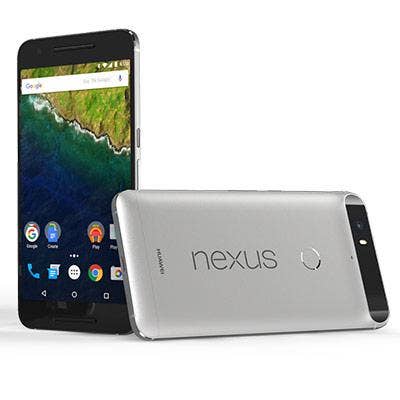
3. Huawei
Huawei's success in the third quarter was apparent as the company saw 60.9 percent growth from the third quarter of 2014 with 26.5 million shipments.
Huawei accounted for 7.5 percent of the third-quarter market share by targeting the midrange and high-end smartphone market. According to IDC, nearly a third of Huawei's quarterly shipments were in the mid- to high-end price range. Huawei's devices like the Honor 6 Plus and Ascend P8 helped increase its popularity, while the company also recently launched the Nexus 6P, showing new competition in the premium market.
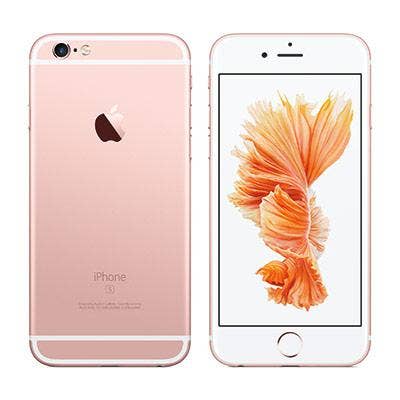
2. Apple
With the second-most shipments during the third quarter, Cupertino, Calif.-based Apple saw 22 percent growth from the same quarter last year, according to IDC. Apple's 48 million shipments, driven by its flagship iPhone sales, helped the company take 13.5 percent of market share.
In September, Apple released its iPhone 6s and iPhone 6s Plus upgraded phones, which contained new Force Touch features and enhanced cameras as well as a faster processor. In addition, the smartphone company cut prices across its older iPhone 5 and iPhone 6 models to drive more sales, and launched a new upgrade plan to drive growth in developed markets.
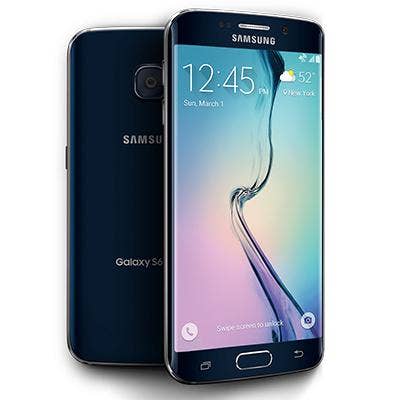
1. Samsung
Samsung was the leading smartphone vendor in the third quarter of 2015, with 23.8 percent market share, according to IDC. With 84.5 million units shipped, the company saw 6.1 percent growth in its smartphone segment from the same quarter last year.
In the third quarter, Samsung continued targeting premium handsets with the launch of its new flagship devices, the Galaxy S6 Edge+ and its Note 5 in August. These two new high-end devices helped the company gain stronger-than-normal September shipments, according to IDC. Meanwhile, Samsung continues to focus on its entry-level, under-$200 devices in emerging markets. Those devices include the Galaxy Core and J-Series.